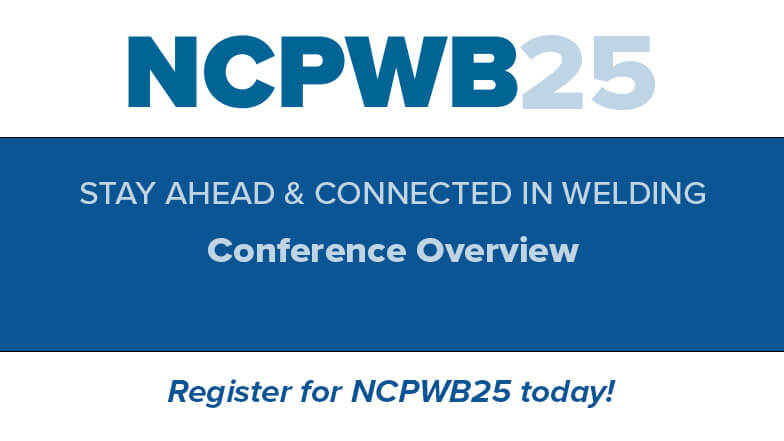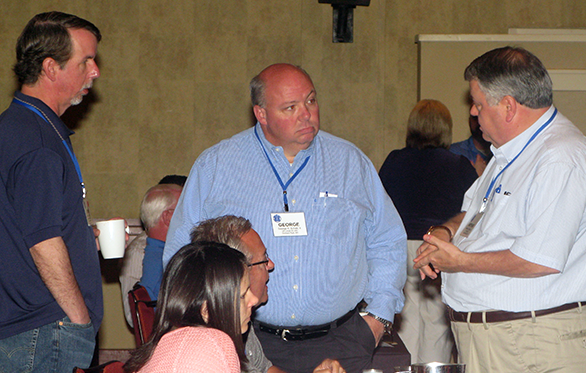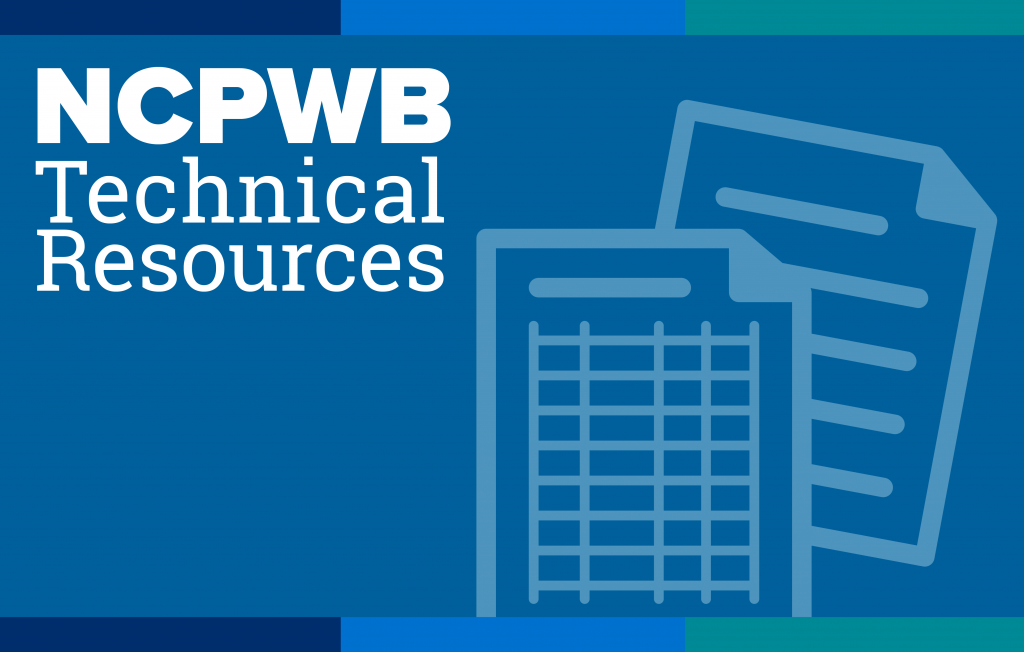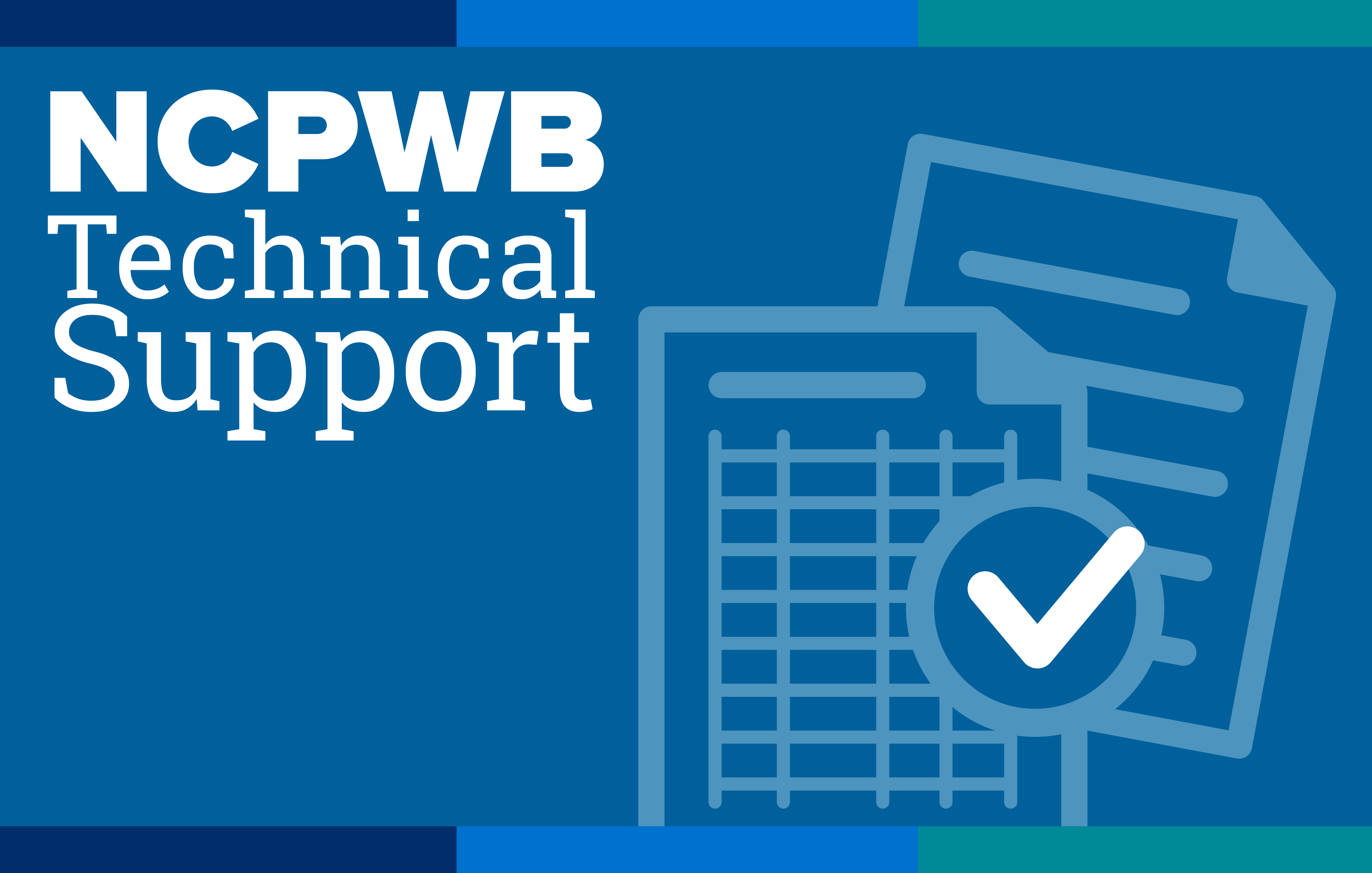Featured Resources
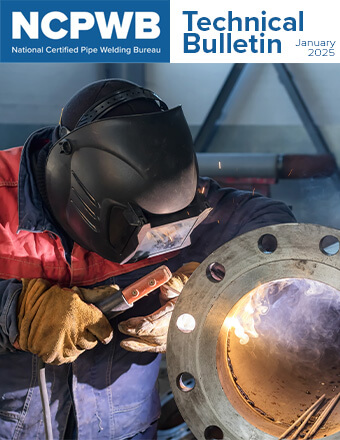
NCPWB Technical Bulletin: When To Use E6010 Welding Electrodes
The E6010 electrode is a wire encased in cellulose held together with salts and minerals. These electrodes penetrate better than low-hydrogen electrodes like E7018 when making root passes, making it easier to make a good root pass. However, E6010 introduces hydrogen into the weld creating a risk of cracking, and this article shows when its use should be limited.
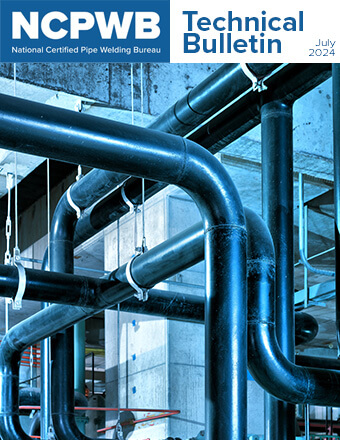
Piping codes are standard industry practice, and failure to agree on the one that applies to your work can result in ugly disputes with customers. Customer specifications can have inspection requirements that can result in repairs to welds that you did not plan for. Welders can make welds that put your business at risk. This article highlights what you can do to avoid these risks.
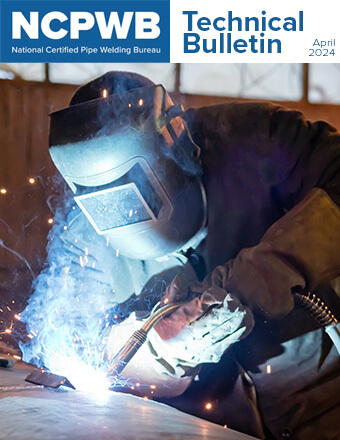
NCPWB Technical Bulletin: What You Should Understand About GMAW (MIG) & FCAW Welding
While there is a lot of buzz about modern waveform controlled power sources and how they make it easier for a welder to make the root pass, the basics of MIG welding have not changed. This article describes the technical aspects of GMAW, explains how the metal gets from the wire to the workpiece (transfer modes), and highlights what contractors need to pay attention to when bringing the process into their shop or field fabrication site.
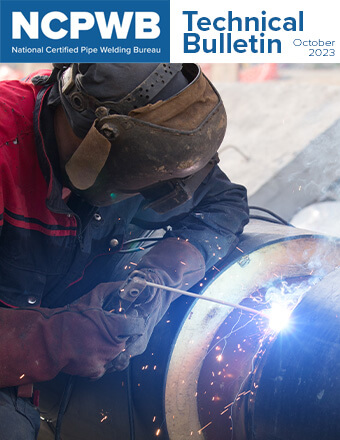
NCPWB Technical Bulletin: The 37-1/2 Bevel
The 37-1/2°± 2-1/2° bevel is the normal bevel angle to find on piping fittings and flanges and in many specifications and standards. Where did such a weird angle originate?
The NCPWB Technical Conference is just around the corner! Don’t miss this exciting opportunity to learn, share, and connect. This year’s conference is packed with valuable content and unmatched opportunities to network with friends, colleagues, and new acquaintances. We’re also introducing for the first time, an exhibitor showcase on Monday afternoon where you can see the latest and greatest welding technologies. Don’t miss it – register today!
As a business owner in the mechanical contracting industry, you already juggle enough—projects, workforce management, regulations, and keeping up with an ever-changing market. But what happens in Washington, D.C. directly impacts your bottom line. The CEA National Issues Conference is your chance to influence the policies affecting your business, rather than just reacting to them after they’re set. This is your chance to shape the future of the mechanical contracting industry. Don’t just watch the change—be part of it. Register today!
The NCPWB Technical Conference is just around the corner! Don’t miss this exciting opportunity to learn, share, and connect. This year’s conference is packed with valuable content and unmatched opportunities to network with friends, colleagues, and new acquaintances. We’re also introducing for the first time, an exhibitor showcase on Monday afternoon where you can see the latest and greatest welding technologies. Don’t miss it – register today!
The NCPWB Technical Conference is just around the corner! Don’t miss this exciting opportunity to learn, share, and connect. This year’s conference is packed with valuable content and unmatched opportunities to network with friends, colleagues, and new acquaintances. We’re also introducing for the first time, an exhibitor showcase on Monday afternoon where you can see the latest and greatest welding technologies. Don’t miss it – register today!
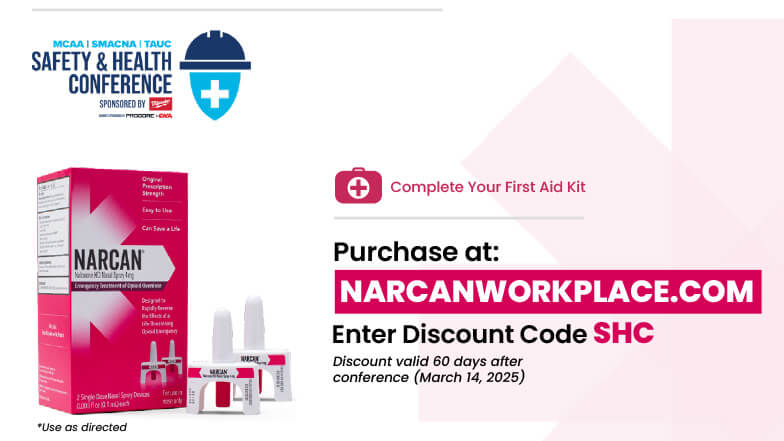
MCAA is committed to ensuring that safety and preparedness are within reach for every employee. Now MCAA and Safety Alliance members can save on NARCAN®, a life-saving opioid overdose reversal medication. See the flier for details and a QR code with additional information and resources. Act fast – the discount is only good until March 14, 2025.
As a business owner in the mechanical contracting industry, you already juggle enough—projects, workforce management, regulations, and keeping up with an ever-changing market. But what happens in Washington, D.C. directly impacts your bottom line. The CEA National Issues Conference is your chance to influence the policies affecting your business, rather than just reacting to them after they’re set. This is your chance to shape the future of the mechanical contracting industry. Don’t just watch the change—be part of it. Register today!

